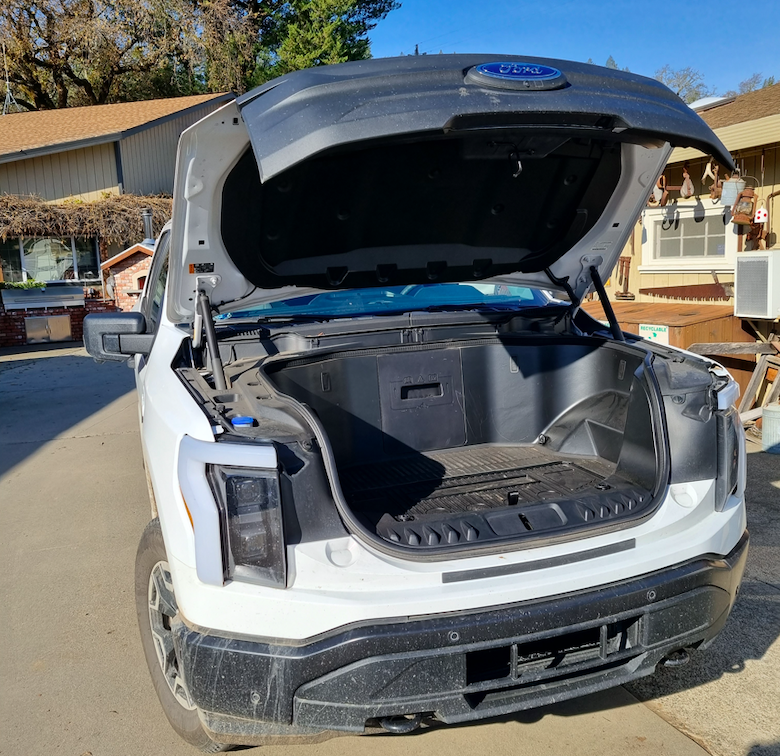Location: Sonoma County, California, the USA
Time span: 2012 – 2023
Green SDGs: 9, 11, 12, 13
Partners: Trades organization, Ford Pro Motors, public agencies, financial institutions, solar panel firms and local test farms (wine growers).

In 2014, the winegrowers in Sonoma County made a bold commitment – to become the most sustainable winegrowing region in the world. They formed the Sonoma County Winegrowers (SCW) to help pursue that goal. The local winegrowers pay a mandatory fee to the new trades association that is governed by an elected board and helps improving the branding and sustainability of regional winemaking.
The SCW first created a certification of sustainable winegrowing encouraging water conservation, the use of clean energy sources and social equity. It has been highly successful since today 99% of all the wineries in Sonoma are certified with third-party auditing. In 2020, the SCW launched a pilot program for land management involving 17 local wine growers. Each winegrower creates their own land management plan developed specifically to address the sequestration of nitrous oxide and carbon emissions. The greenhouse gas reductions are monitored and documented.
The latest project is the one that we have studied as a part of the GOGREEN project. It aims to electrify the future winegrowing by providing an electric fleet of cargo trucks plus a software package to optimize use and servicing of the vehicles. The project will both enhance productivity by cutting energy costs and reducing idle truck time and make winegrowing more sustainable and potentially fossil free.
The electrification of the winegrowers’ cargo trucks is a part of the Future of Farming project. It started with a request of the SCW for a wine festival sponsorship from Ford Motors. Ford Motors said that they did not sponsor events and that the blending of cars and wine would be bad PR. However, they agreed to be involved in a pioneering Future of Farming project through which they could help spearheading the introduction of electric vehicles in the wine industry while gathering valuable data about the use of electric vehicles. The electric Ford Lightening cargo trucks are deliberately designed to look like the old Ford truck, but as the picture shows they have more space and also provide a mobile source of electricity that can be used for other equipment. In most cases, they are charged by local solar panels and the SCW is exploring how to create a sound business model around the electrification of the cargo trucks that will enhance sustainability.
In GOGREEN, we define the green SDGs as the following SDGs: SDG 6, SDG 7, SDG 11, SDG 12, SDG 13, SDG 14, SDG 15
This website uses strictly-necessary cookies. To read more about WordPress cookies, click here. Please click on the ‘Accept’ button to continue on to the GOGREEN Project site.